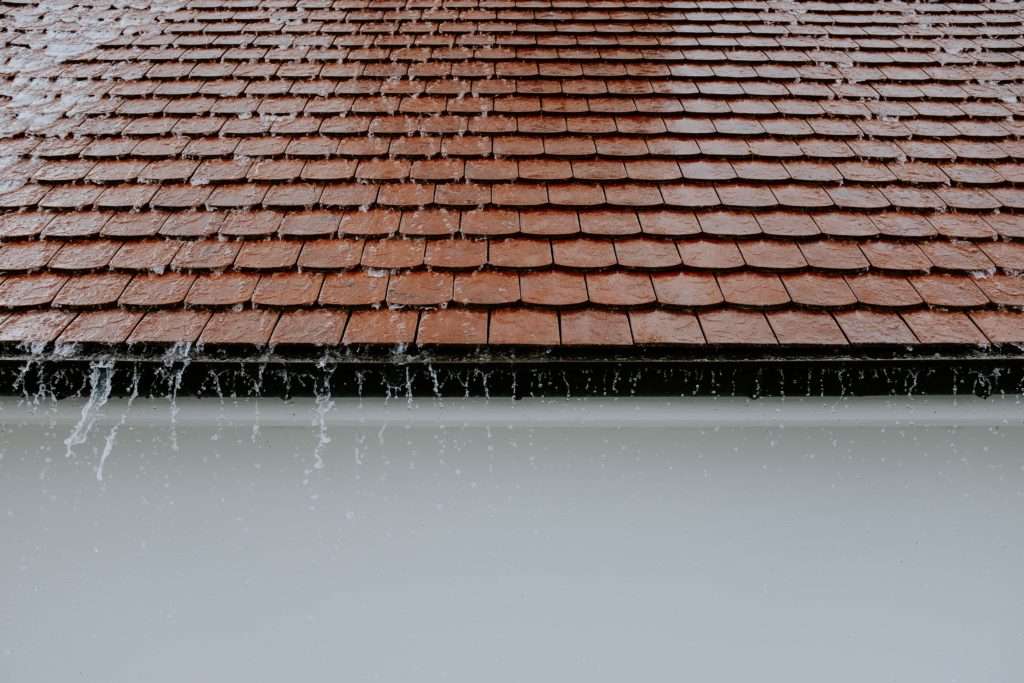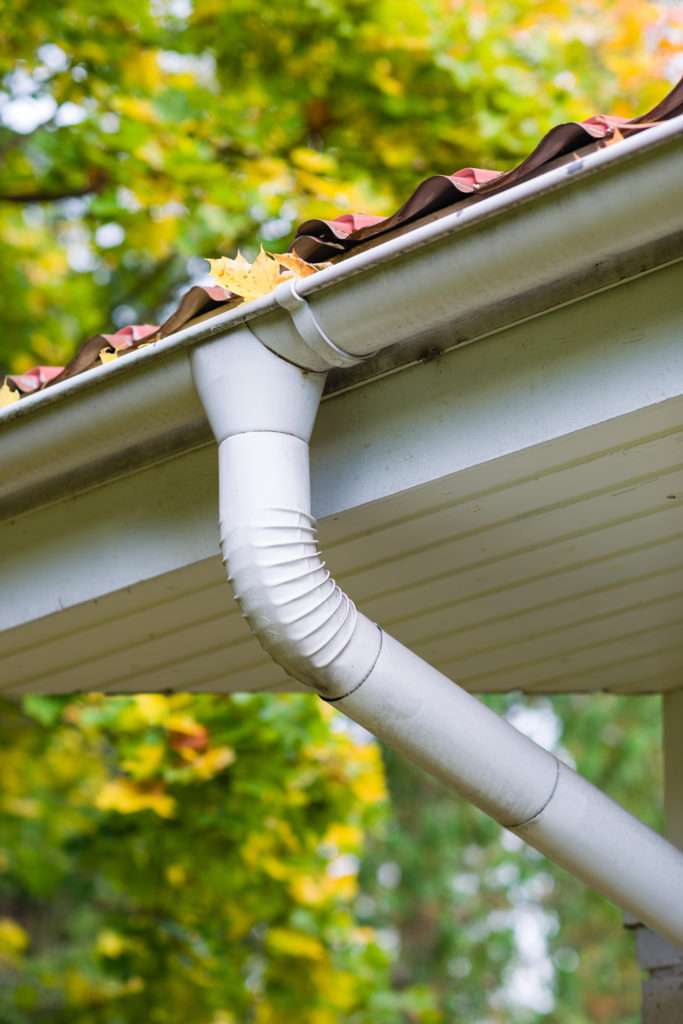This post may contain affiliate links. As an Amazon Associate we earn from qualifying purchases.
Learn how to collect and save rainwater. Your garden will love you for it.
If this summer is teaching gardeners anything it’s how grateful we are for rain. My gardening friends in Arizona cheered gleefully recently when the monsoon rains hit.
Then there are the other regions that are baking under drought conditions, such as:
- Southern California
- Southwestern South Dakota
- Parts of Wyoming, Nebraska, Kansas, New Mexico, Oklahoma and Texas
It is even quite dry on the east side of the Big Island of Hawai’i. which is known as “The wettest place in the United States.”
Water comes at a hefty premium in many areas of the country, most especially in desert areas, such as Tucson and Phoenix in Arizona (the Sonoran) and Las Vegas, NV (the Mojave).
It only makes sense then that some of the biggest water users (that is you and me and most gardeners) have been getting creative with the water that falls from the sky, as seldom as that may be.
Here’s some incentive to take on this project:
1″ of rain x 1 sq. ft. = 0.623 gallons so 1″ of rainfall over 1,000 sf will yield 623 gallons, according to the folks at Innovative Water Solutions
Let’s take a look at how to harness this resource — how to capture and save rainwater — to nourish your garden.
Is it legal to save rainwater where you live?
Again, in some states, water is quite a valuable resource and there isn’t enough to go around. If you live in one of the following states, find out which restrictions are in place before you buy the gear you need to harvest rainwater.
- Arkansas
- California
- Colorado
- Georgia
- Illinois
- Nevada
- Ohio
- Utah
- Virginia
- Washington
- Wisconsin
“The restrictions may include the size of the rainwater harvesting system, the use of a licensed plumber, the need for a permit, or the prohibition of using rainwater for certain purposes,” suggests the editors at WiseVoter.com.
What’s your roof made of?
Before you can save rainwater for use in the garden, you’ll need to collect it. One of the easiest and most common ways to do this is by connecting downspouts around your home’s, greenhouse’s, or shed’s roofline.
Before you run out to start hooking up a system like this, beware that some roofing material isn’t suited for rainwater collection, even if the water will only be used in the garden. Here’s the rundown, courtesy of the American Rainwater Catchment Systems Association (ARCSA):
- Shingles – “Many shingles work with rainwater harvesting. The problem is that some shingles can leach off certain contaminants into the water, causing the rainwater system to fail, even for irrigation only.” Asphalt and composite shingles are the two most frequently mentioned as not suited to water collection. In fact, the GAF Corporation, manufacturer of roofing materials, says that the run-off from an asphalt shingle roof is neither approved for drinking nor anything grown for human consumption.
- Cement – These are fine for rainwater collection.
- Ceramic – Ditto for ceramic roofing materials.
- Clay Tiles – “Clay tiles can be used with rainwater harvesting,” suggests the pros at ARCSA.
- Rubber – Rubber roofing is fine for rainwater harvesting.
- Tin – “Tin is one of the best rainwater harvesting roof materials .. “ say the experts at ARCSA.
- Wood/Cedar/Shake Shingles – The water flowing from these roofs can be used, but only for irrigation. They do leach contaminants so consider whether or not you want to use this water on your edible crops.
How to get that liquid gold from the roof into your container
The process goes like this: water flows off the roof and into the gutters or other rain collection item. From there, it will flow through downspouts and into the storage barrels.
There are several ways to create this contraption and, if you’re handy, you can do it yourself. You’ll find instructions online at:
No gutters? No problem; purchase a decorative “rain chain” to get water into your barrel,” suggests Gabe Saldana with Texas A&M University. These and others are for sale at Amazon.com (click on them to be taken to the website.)
Shop carefully for the rain collection container
In reality, you can save rainwater in “… anything capable of catching holding water,” according to Ben Vaheems of growveg.com. Large, food-grade plastic drums will work, but Vaheems offers up some additional DIY ideas.
“Your local food or drink distributor might sell you a barrel,” he said. “Sometimes you can find them in the online swap meets through social media and other selling platforms, but it’s important to make sure they only previously stored food.
“Avoid barrels that once held petroleum products or soaps,” he said. “Dark-colored containers are best: light will not pass through the barrel if the container is a dark color, thereby restricting algae growth,” suggests the pros at gardenwatersaver.com.
By the way, the aforementioned website also offers a handy way to search for recycled barrels locally.
The pros at Texas A&M University offer up this YouTube video “How to Build a Rain Barrel.” It’s worth checking out.
There’s more to this save rainwater stuff
What good does it do to have a system to save rainwater if it isn’t instagrammable? Believe it or not, we’ve seen more than one young gardener online ask how they can make their barrels “more attractive.”
That wish, odd as it may be to some, is our command. Check out:
- BlueBarrel Rainwater Catchment Systems They have two articles about it, the other is here.
- This brilliant YouTube video from Central Texas Gardener.
- Get inspiration at TV station WLWT’s website.
Keep the saved rainwater clean
Now that we have the collection system handled, all that remains is the setup.
Oh, and one more task to add to your gardening routine: keeping the catchment container clean. Over time, debris and algae can build up.
Install a mesh screen or lid to keep leaves, insects, and other contaminants out of the water. Clean, untreated rainwater is essential for the health of your plants.
Now all we have to do is pray for rain!









